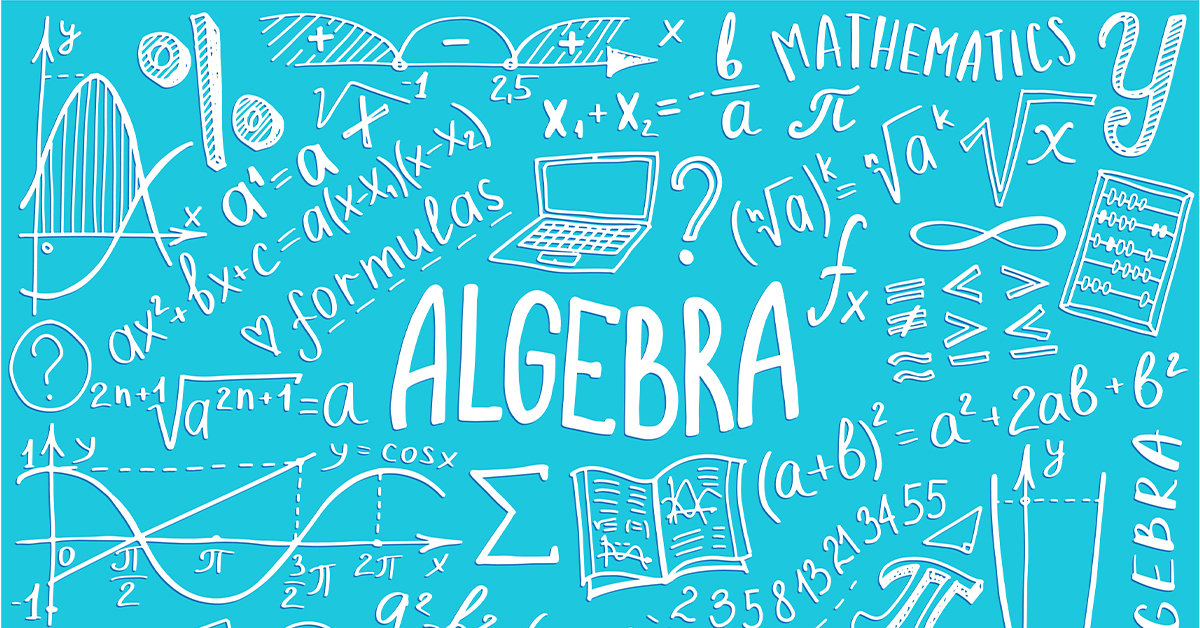
If you like lively discussions, conduct an internet search for math mastery vs. spiral math.
The intensity of the interest in this topic runs at the same level as discussions related to reading methods and which philosophy to follow.
While it is always interesting to read the opinions of others, parents should take the time to research the options, consider their individual children, and make the decision that is best for their own families.
What is Math Mastery and Spiral Math?
The terms mastery and spiral describe the most commonly-used approaches to teaching math.
Math Mastery
Proponents of math mastery believe that math learning is best when learned incrementally, with one skill building on the next. In a math mastery program, a student develops a thorough comprehension of mathematical concepts before moving on. The goal is to build mathematical fluency by mastering one lesson at a time and allowing students to learn at their own pace. Unlike rote learning, which focuses on repetition, the mastery approach ensures students truly understand the material and can demonstrate their own learning.
Spiral Math
The spiral math approach presents a given set of topics that repeat from level to level. Each time the material is revisited, more depth is added, linking new concepts to the learning that has already taken place. A program designed according to the spiral approach might have a student learn multiplication facts in one level, multiply two-digit numbers in the next level, and multiply three-digit numbers in the following level. The spiral approach allows for constant problem-solving but may lack the depth offered by the mastery model.
At the end of both programs, the same concepts have been covered, but the order and the manner in which the students learn them differ significantly.
The spiral approach has been characteristic of American education since 1960. However, a shift began in the early 1990s, when the United States began participating in international testing. International Mathematics and Science Studies conducted since 1995 show American students performing in the lower half of all the countries represented. This caused educators to start looking at how math was being taught in some of the highest-performing countries in the world. It was soon discovered that these countries preferred a mastery approach over spiral instruction, and when these methods were adopted in Western classrooms, significant differences in student achievement were the result. Today, most textbook publishers and educators support a mastery model in teaching mathematics instruction.
Math Mastery Criticisms
While the educational community today believes that mastery learning is the best practice, there are still some criticisms of this approach.
1) No Opportunity for Review
One concern is that students never have the opportunity to go back and review previously learned material. Math-U-See, which follows a mastery approach, addresses this by incorporating Systematic Review pages, where students are not only able to review past concepts but are also able to practice with the new one in the context of other problems – a necessary skill for being successful on a standardized test.
2) Pushed Along the Same Path
Second, critics of the mastery approach suggest that students are all pushed along the same path, with no opportunity to pursue topics in more depth. Math-U-See’s Application and Enrichment pages are designed to meet the needs of the students who want to know more, offering engaging and interesting activities that build on the concepts presented in the lessons.
3) Focusing on Concepts One at a Time
Finally, the mastery approach has been accused of focusing on individual concepts one at a time, never showing how they all fit into the glorious whole. Math-U-See addresses this issue by tying each new concept learned back to the same group of math resources and manipulatives, giving students the underlying, cohesive foundation they need to be successful in math.
Have You Heard About AIM?
Accelerated Individualized Mastery (AIM) provides a new solution for struggling students with gaps in their foundational math skills set. The AIM programs use proven Math-U-See strategies and manipulatives in combination with an accelerated approach to help students successfully master math concepts




My situation is very different. I am 49 years old and was in special education classes until I graduated from high school. Though I have not been diagnosed yet as having dyscalculia. The symptoms are consistent with what I have experienced my whole life. I do have 24 year old son and by the time he was in 6th grade. I was unable to help him with math. So I took the placement test. My level is Beta. So in February I will be ordering. I did watch the sample lesson. For the first time I actually understood the lesson. I never thought that I would be able too. Thank you so much.
How do they know the students performed better at math due to the mastery approach? Could the results have actually been due to the conceptual (versus procedural which the USA mainly used) approach taken instead? I suppose in their research they would have to account for that since association does not equate to causation. They would need to also study the outcome of students whose curriculum was both conceptual and spiral. You would have to have four groups: spiral/conceptual, spiral/procedural, mastery/conceptual and mastery/procedural.